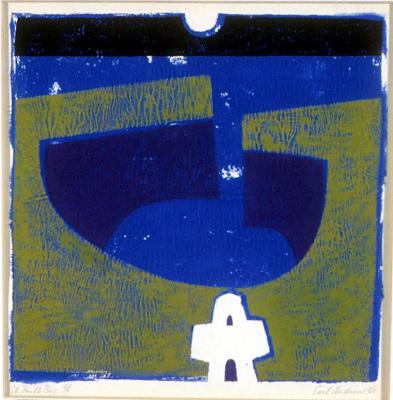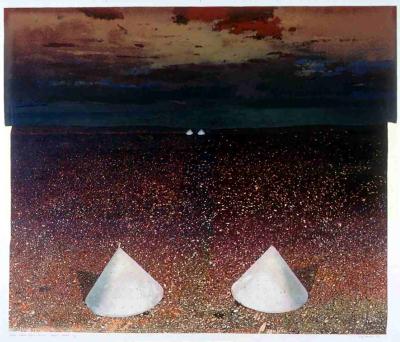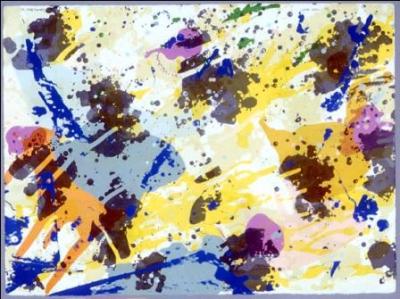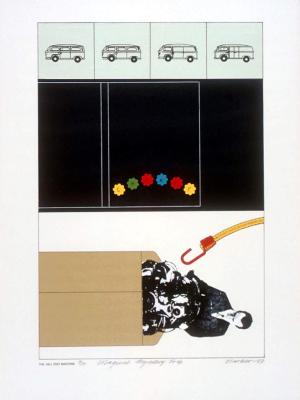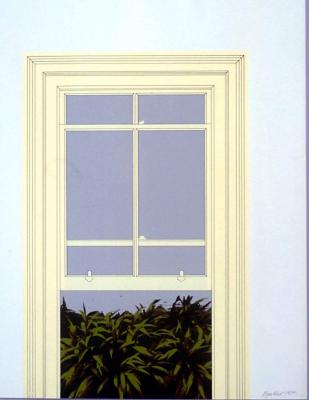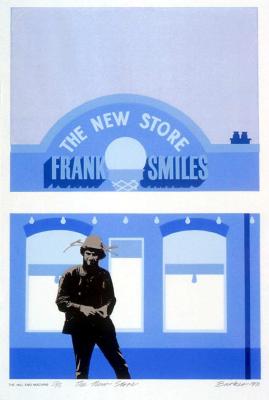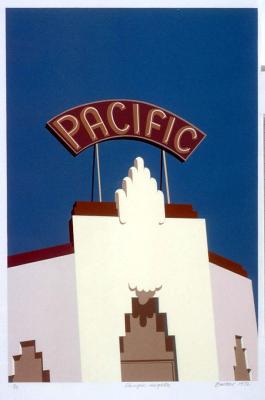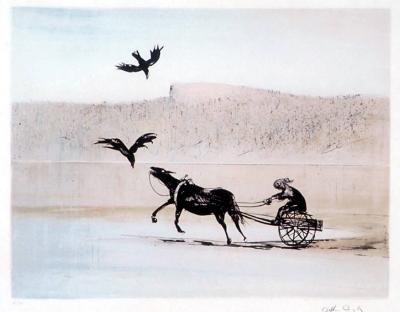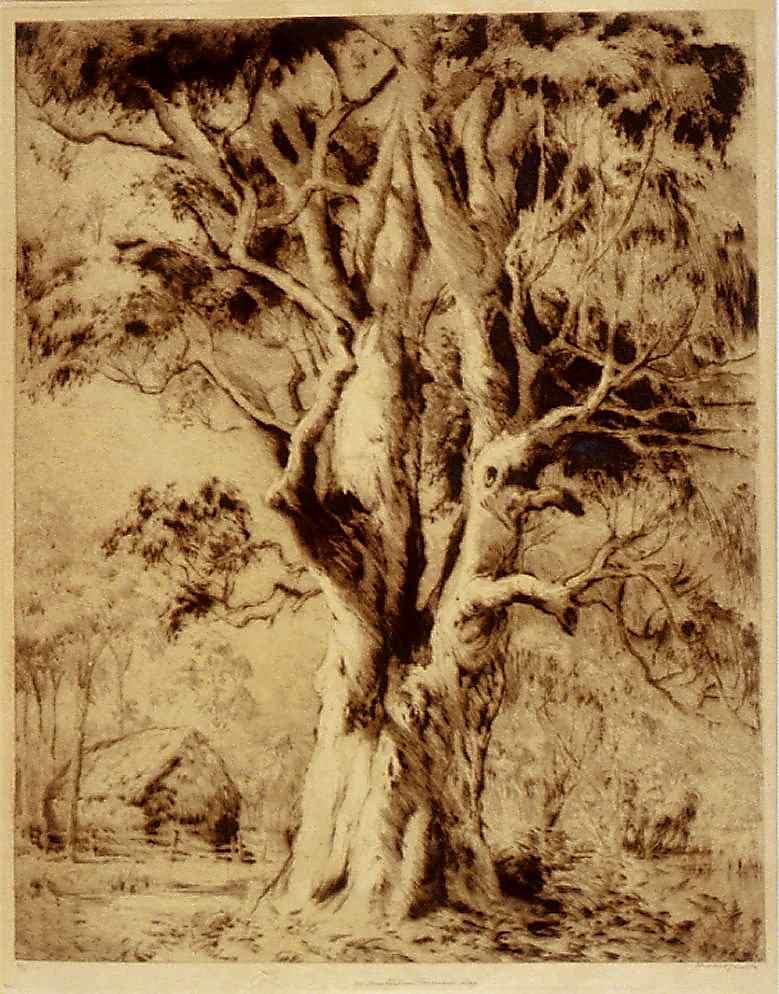An Australian summer day
1920Drypoint
This work was donated as part of the Claude Hotchin Bequest in 1958.
Details
Details
Henri Benedictus Salaman Van Raalte (1881-1929), an etcher, was born on February 11, 1881, in Lambeth, London, the son of Joel Van Raalte, a Dutch-born merchant, and Frances Elizabeth Cable, an Englishwoman. He received his education at the City of London School, St John's Wood Art Schools, and the Royal Academy of Arts schools, eventually becoming an associate of the Royal Society of Painter-Etchers and Engravers. He exhibited his work at the prestigious Royal Academy of Arts in London. In 1910, Henri migrated to Western Australia with his brother, and on July 6, 1912, he married Katherine Lyell Symers at the Claremont registrar's office.
While working as a timber-getter, Henri found inspiration in the Australian bush, particularly the majestic tuart trees, which he believed symbolized the beauty of his new homeland. His Australian etchings often focused less on human figures and more on the landscape. His notable work, 'The Monarch' (1918), showcased at the Royal Academy in 1920, fetched a record price in Australia (£45) and received acclaim from (Sir) Lionel Lindsay in Art in Australia (1918). Much of his art displayed an imaginative yet troubled quality.
After settling in Perth in 1914, Henri lamented the lack of artistic vibrancy but eventually established himself, teaching at various schools and founding the Perth School of Art by 1920. He gained recognition through a one-man exhibition in 1919 and garnered success with sales through Melbourne dealer W. H. Gill. Despite his critical self-assessment, his art sold well, and exhibitions of his work were held in Adelaide in 1920 and 1924 at Preece's Gallery.
Henri was instrumental in founding the Australian Painter-Etchers' and Graphic Art Society in 1920 and was considered a pioneer in Australian etching, specializing in aquatint and drypoint. His art often conveyed mood in an expressionistic manner, though some critics felt his prolific output occasionally veered into mere scene documentation.
In 1922, Henri took up the role of curator at the Art Gallery of South Australia in Adelaide following Gustave Barnes's passing. His tenure was marked by clashes with the board over artistic standards, leading to his resignation in 1926 amidst controversy. Retiring to Second Valley with his family, he battled alcoholism and financial woes, ultimately taking his own life on November 4, 1929. A memorial exhibition in December honored his legacy, recognizing his significant influence on print-making in Australia during the interwar period. His works are held in numerous galleries and collections, including most State galleries, the National Gallery of Australia, and the British Museum.
City of Fremantle Art Collection
City of Fremantle Art Collection
Other items from City of Fremantle Art Collection
- St Paul's Bay
- Lindos Harbour
- Pink village
- Maria Island Proving Ground - Atomic Theatre
- Paris, Personage, Window & Factory smoke
- "TIGER DAWN"
- Magical mystery trip (The Hill End Machine Series)
- Window
- The new store (The Hill End Machine series)
- Pacific nights
- ''Aubergine still-life"
- Jinker on a sand bank
